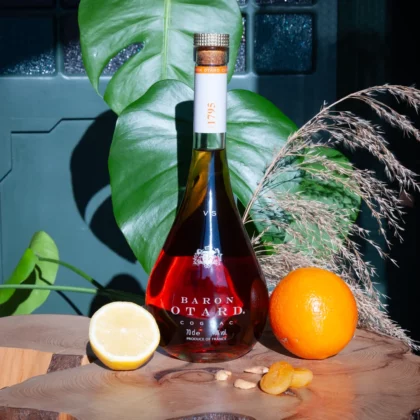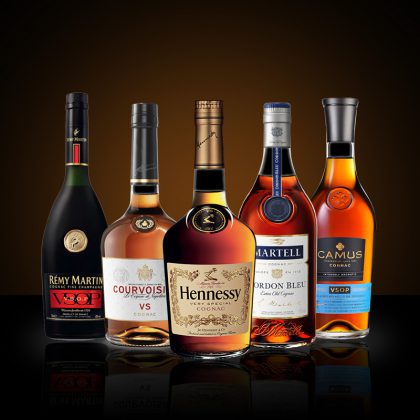Alright, let’s get honest about cognac. It’s one heck of a mysterious drink. What is cognac? How do they make cognac? What’s in that fancy cognac bottle?
Hold onto your hat because we’re dishing out the ultimate down on cognac. This post is your backstage pass to the world of this smooth liquor, amber elixir.
So, grab a glass, folks. It’s time to unravel the secrets of cognac!
Table of contents
What is a cognac?
The cognac results from the double distillation of white wine produced in the Cognac region.
Only made in France in a specific area, this liquor is a blend of several eaux-de-vie with typical aging and different aromatic characteristics.
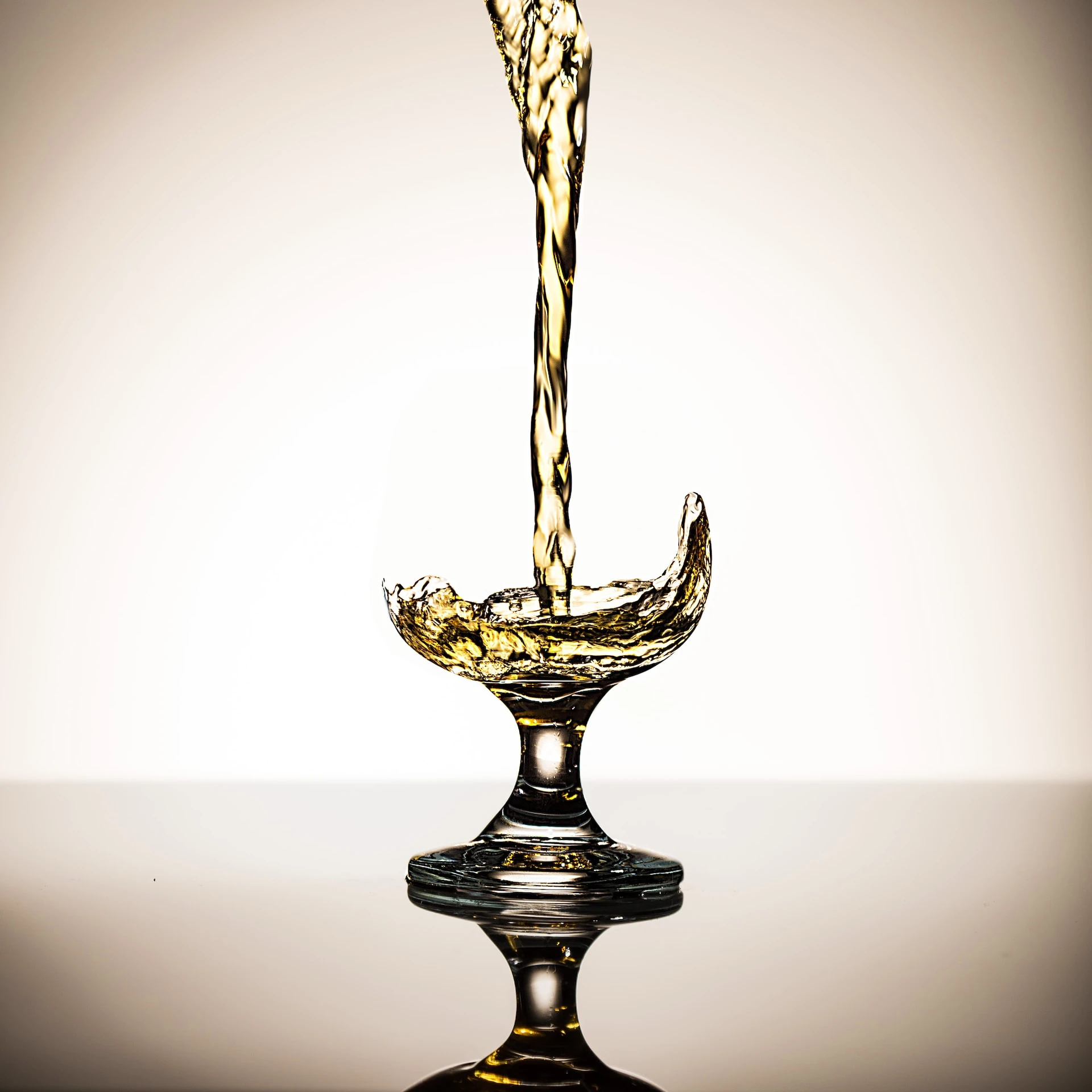
What is cognac made of?
Cognac is, first of all, white grapes, the product of mother nature by the vine. They are growing in the defined areas called “AOC” or “crus” of the Cognac region.
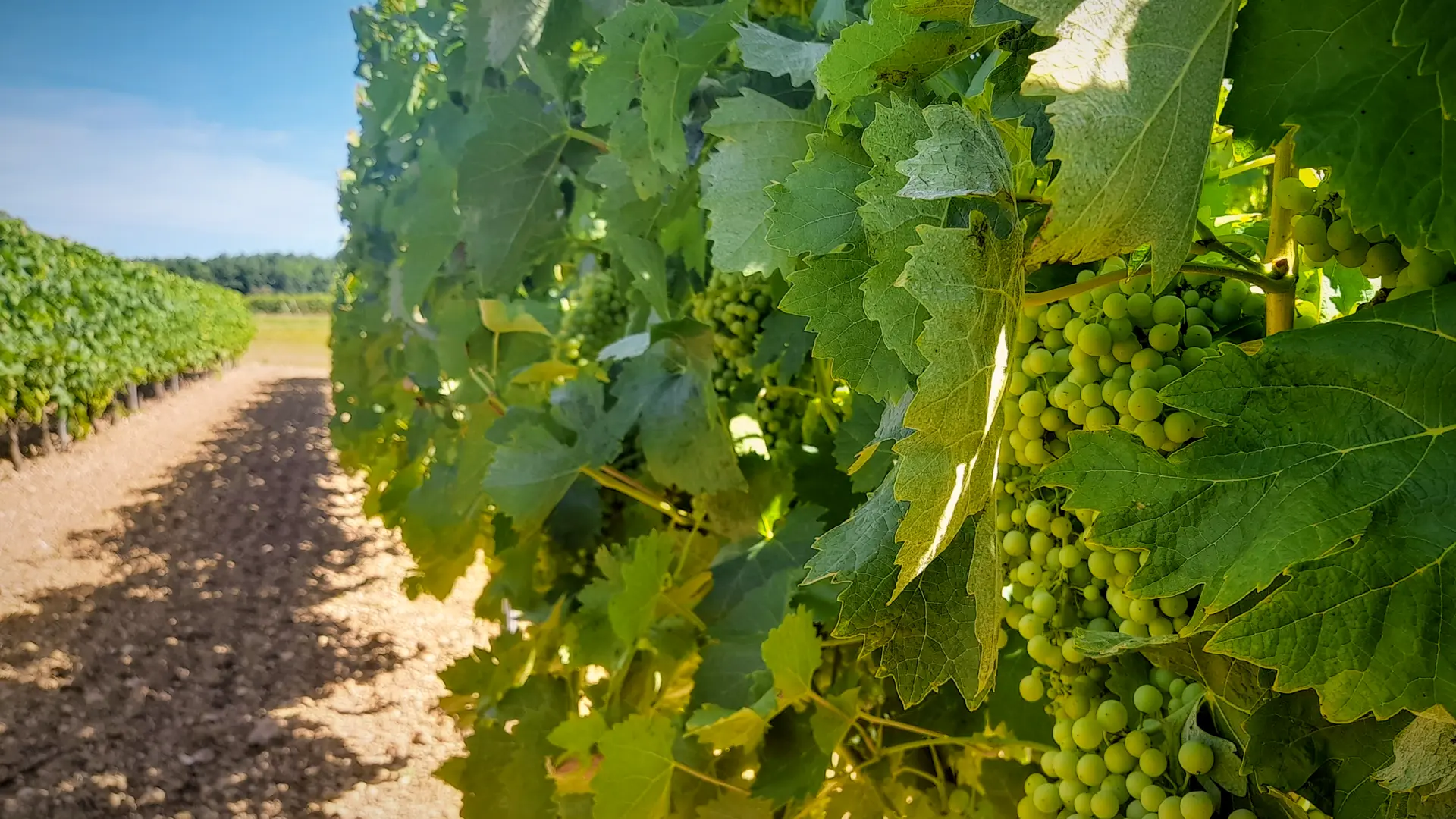
During vintage, three types of white grapes are harvested to produce a clear and acidic white wine called the sour or “brouillis“.
In crafting cognac, the harmonious balance of acid and alcohol, typically a wine of around 10% ABV, plays a vital role. This delicate equilibrium lovingly safeguards the exquisite floral and fruity notes that are the essence of the grapes, ensuring the cognac blend.
What grapes does the cognac use?
At the heart of Cognac production are three grape varieties: Ugni Blanc, Folle Blanche, and Colombard. These grapes produce a light, acidic wine ideally suited for distillation into the raw foundation of cognac, known as “eau-de-vie“.
90% of cognac must come from them, with 10% from others like Blanc-Rame, Balzac Blanc, Bouilleaud, Montlis, Semillon, Jurancon, Chalosse, Saint-Pierre, Saint-Rabier…
Folle Blanche, Colombard, and Montils dominated in the past, but Phylloxera destroyed them in 1875. Ugni Blanc replaced them.
Today, climate change challenges cognac production by yielding grapes with lower acidity and higher sugar content. Adaptation is vital to preserving cognac’s legacy.
After diligently nurturing and safeguarding the chosen vines, the patience of cultivating a newly planted vine pays off. It takes four to five years for these vines to yield grapes of the caliber required for crafting fine cognac.
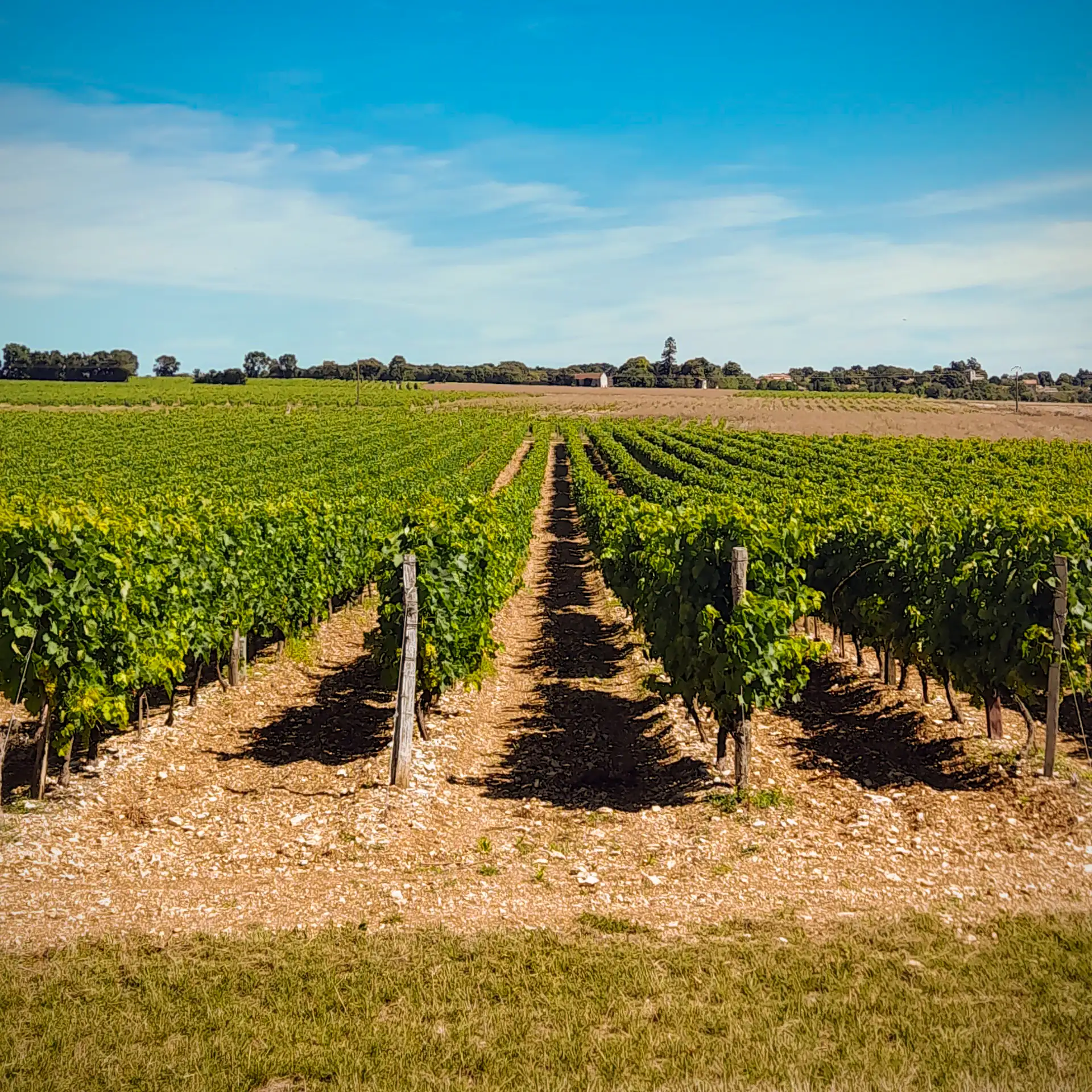
Ugni Blanc
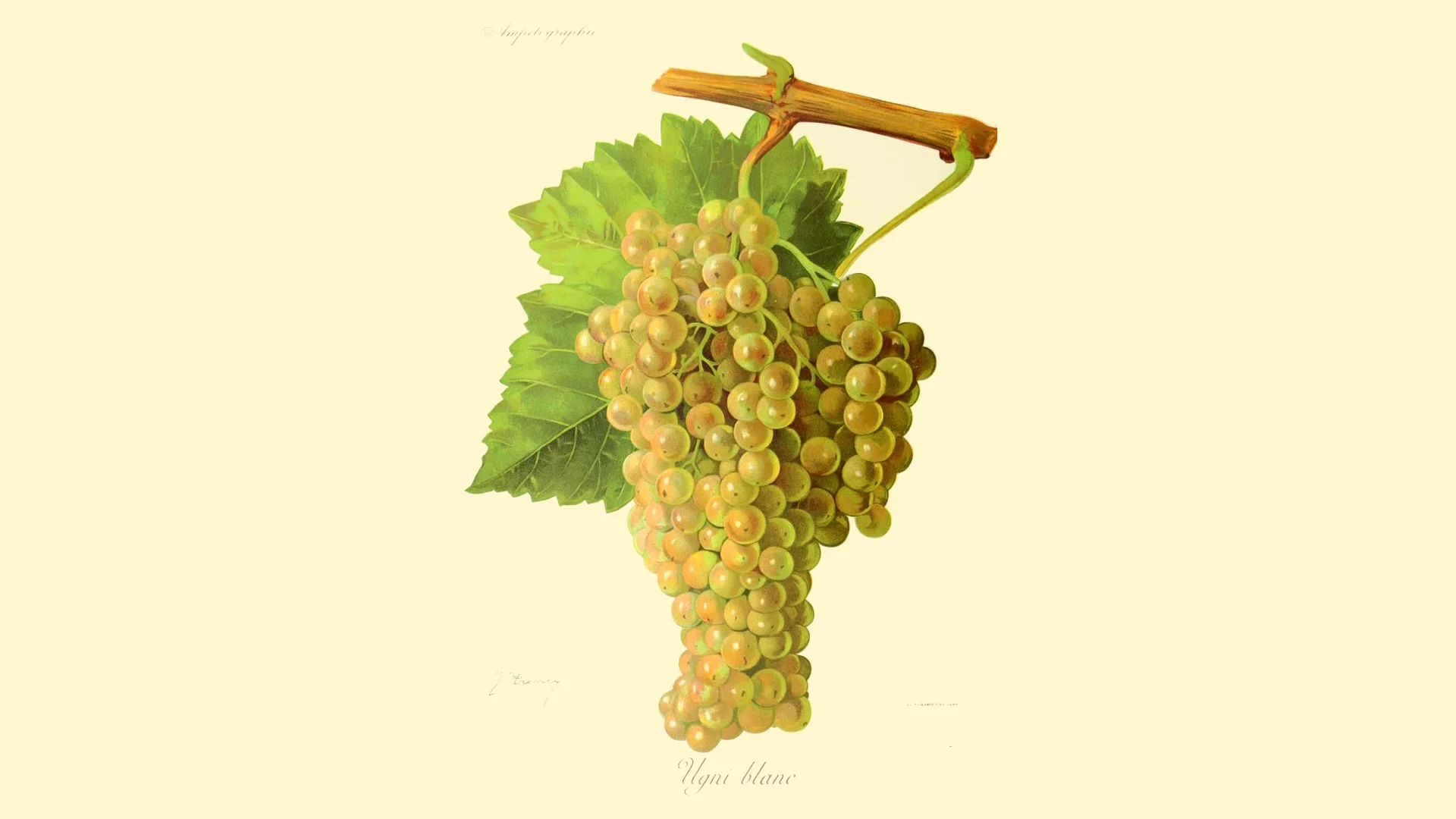
In the cognac universe, the Ugni Blanc grape reigns supreme, gracing over 98% of its lush vineyards sprawling across approximately 100,000 hectares. Renowned for its prolific yield, this grape variety generously delivers, with winegrowers reaping bountiful harvests, often producing 100-200 hectolitres per hectare.
Ugni Blanc, though productive, bears a sensitivity to winter frosts, thriving best in mild climates. This grape thrives in the northern climes of cognac, giving rise to wines with higher acidity and lower alcohol content. These attributes, coupled with its robust yield, render it the ideal candidate for distillation into cognac, promising a rich potential for natural aging and imparting delicate, floral flavors and captivating aromas.
Beyond its contribution to cognac, Ugni Blanc has a versatile history. It has been harnessed to create aromatic, dry white wines labeled “Vins de Pays“. In rural settings, its character becomes more balanced and neutral, while in the sun-kissed vineyards of Provence, Ugni Blanc wines emerge smooth with intricate notes of pine resin, quince, and lemon.
Known by its Italian moniker, Trebbiano, and originating from Tuscany, Ugni Blanc boasts a plethora of aliases across French regions. This grape dons the name ‘Saint Emillion‘ in cognac and goes by many others nationwide.
Ugni Blanc‘s influence extends globally, making it the fourth most widely cultivated grape variety worldwide. Beyond French borders, it thrives in Italy, Bulgaria, Mexico, Australia, Greece, South Africa, and beyond.
Folle Blanche
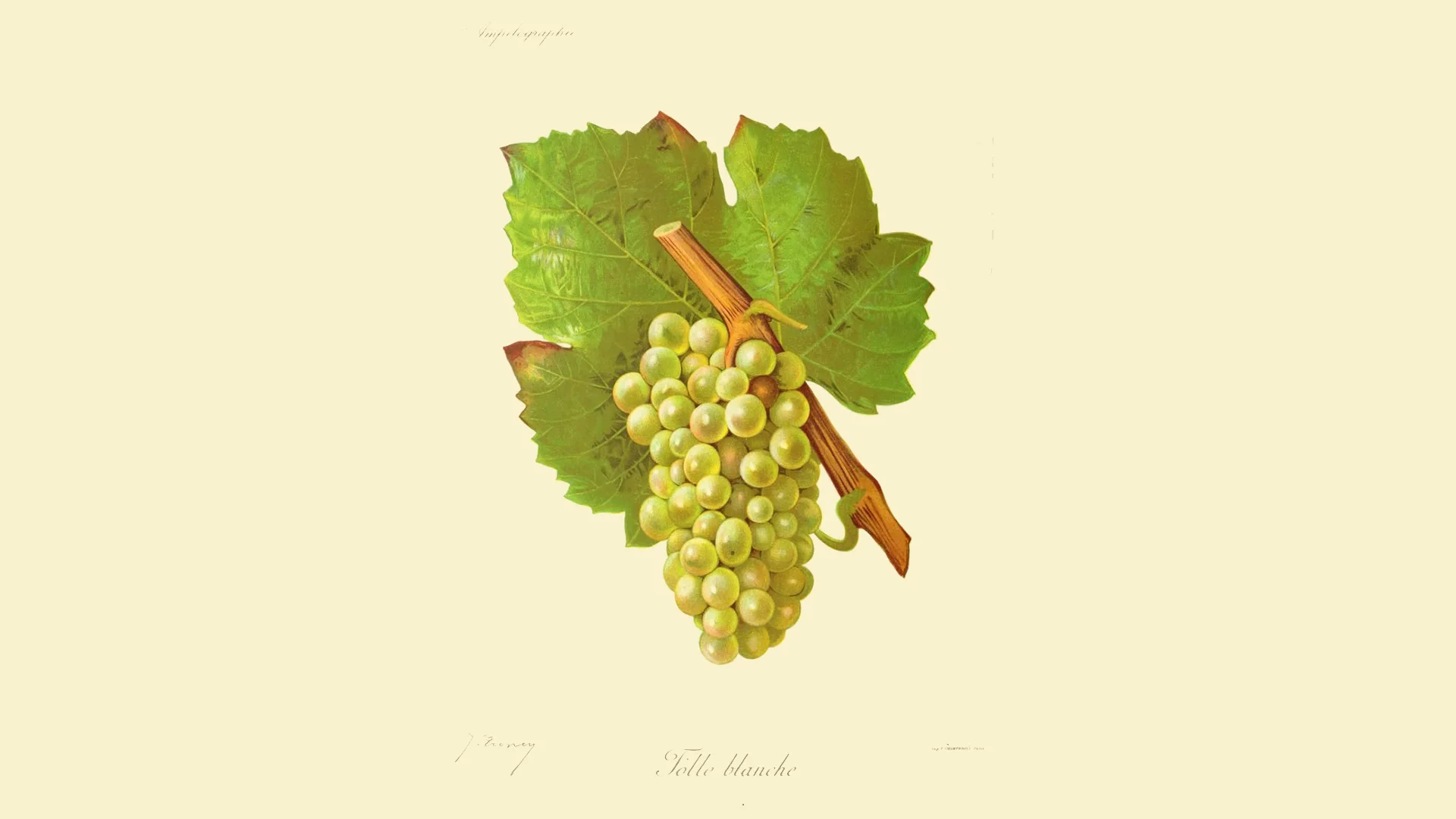
Folle Blanche, a venerable grape variety, holds a storied place in the worlds of Cognac and Armagnac. Traditionally, it reigned supreme in cognac production, celebrated for its role in crafting exquisite spirits. However, the spotlight has shifted to Ugni Blanc in the cognac region, relegating Folle Blanche, producing light, fresh, and acidic wine, to the shadows. The grape’s vulnerability to disease necessitated this shift, a legacy of the phylloxera crisis.
Folle Blanche represents less than 1% of planted vines in France. Yet, it remains an enigmatic grape, known for yielding well-balanced wines with bold, aromatic profiles that truly shine through the distillation process. These grapes, boasting 17% sugar content, give rise to wines with a modest alcohol content of no more than 8.5% by weight, earning them the label of ‘light’ in alcoholic terms.
Much like its counterparts Ugni Blanc and Colombard, Folle Blanche thrives in yielding abundant grape juice, maturing early in the spring. Its aliases reflect its regional diversity, known as ‘Gros Plant‘ in Loire and Vendée and ‘Piquepoul‘ in Gers.
The name’ Folle Blanche’ draws from the French word “fou”, meaning “mad”.
Colombard
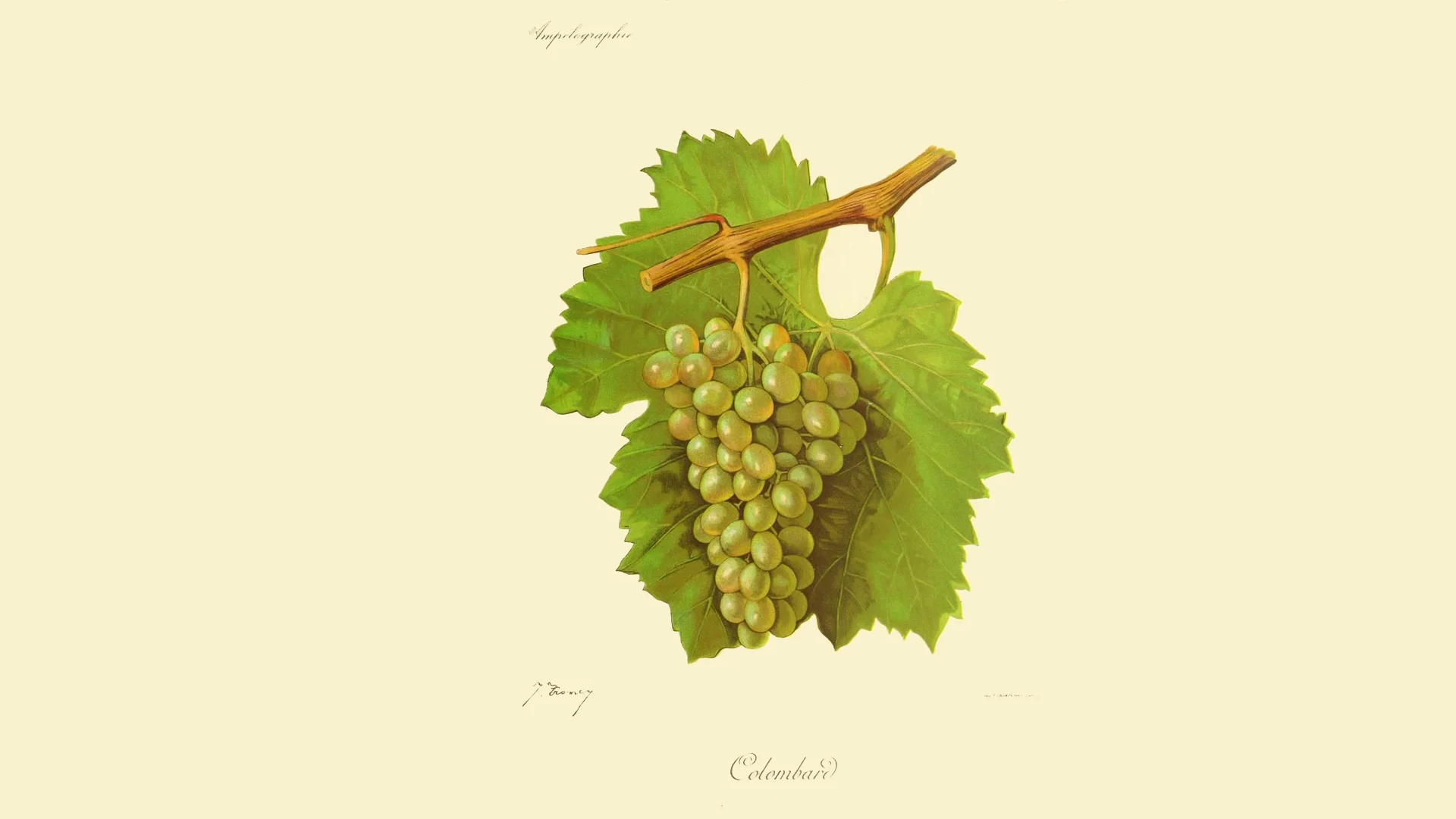
The Colombard grape, a resilient survivor in the Charente region, traces its origins to a marriage between Gouais and Chenin Blanc, making it one of the oldest grapes in the area. While it shares the common trait of high acidity and low sugar levels with its counterparts, Ugni Blanc and Folle Blanche, Colombard boasts a higher alcohol content, rendering it less favored for distillation.
Cultivated in Western France and drier regions, Colombard saw a decline in usage since the 1990s. Yet, pockets of its cultivation persist in areas like Gironde, Landes, Lot-et-Garonne, Loire-Atlantique, and, of course, the illustrious Cognac heartland of Charente.
Beyond French borders, Colombard has journeyed to California, Texas, South Africa, Australia, Mexico, and Israel, adapting to each locale with a chameleon-like ability.
California and Texas have particularly embraced Colombard for its remarkable capacity to maintain acidity in hot and arid climates. In California, it held the distinction of being the most widely planted grape until the 1990s.
Winemaking before creating cognac
The grape harvest is a critical moment in cognac production. Typically, the harvest commences in late September and spans approximately three to four weeks.
While modern methods often involve mechanical harvesting, the region cherishes the belief that hand-picking grapes enhance the cognac quality.
Following this, the grapes go to the property or the cooperative. They are crushed and pressed, yielding juice that embarks on a natural fermentation without additives, with wild yeasts specific to each terroir.
Over several weeks, this grape juice transforms into wine, setting the stage for the intricate alchemy that will ultimately produce the exquisite cognac we savor and cherish.
From wine to liquor: The cognac double distillation process
Cognac is a brandy (also called “eau-de-vie”); it is crafted through the double distillation of Charentes wines, emerging in smaller quantities but with much greater concentration than the original wine, making it the essence of the grapes.
Cognac is the only brandy that does not require any rectification or addition of perfume. It fully preserves all the pleasant scents of the wine without the heating adding any unwanted taste.
Distilling cognac: How does it work?
The distillation of cognac is an art that requires know-how and patience. The distillation campaign is limited to March 31 following the harvest.
Making cognac is carried out in a Charentais still, a device made of hammered red copper. It has been used for cognac since the 16th century, and its principle is identical to that of the Greeks/Arabs.
The distiller must adapt his way of proceeding to the degree and quality of the wines used.
The process is straightforward: heated twice and over an open fire using a boiler topped with a capital, having the appearance of a pear shrunken into a swan’s neck at its top. The marquee is extended by a long serpentine that crosses a cooling basin or “pipe”.
1st distilling step: The unfiltered wine is introduced into the boiler heated by a wood, coal, or gas fireplace providing regular heating.
The wine is brought to a boil, and the alcoholic vapors are released, accumulate in the “marquee”, and gradually pass into the swan’s neck, then into the coil. Upon contact with the refrigerant, the vapors condense to obtain “brouillis” or the sour, a whitish liquid that contains 20% to 30% alcohol.
2nd distilling step: the distillers repeat step 1 with the “brouillis“, for the 2nd heating. The final liquid is clear and fragrant, in the form of “eau-de-vie“. It must be at most 72% to obtain the designation.
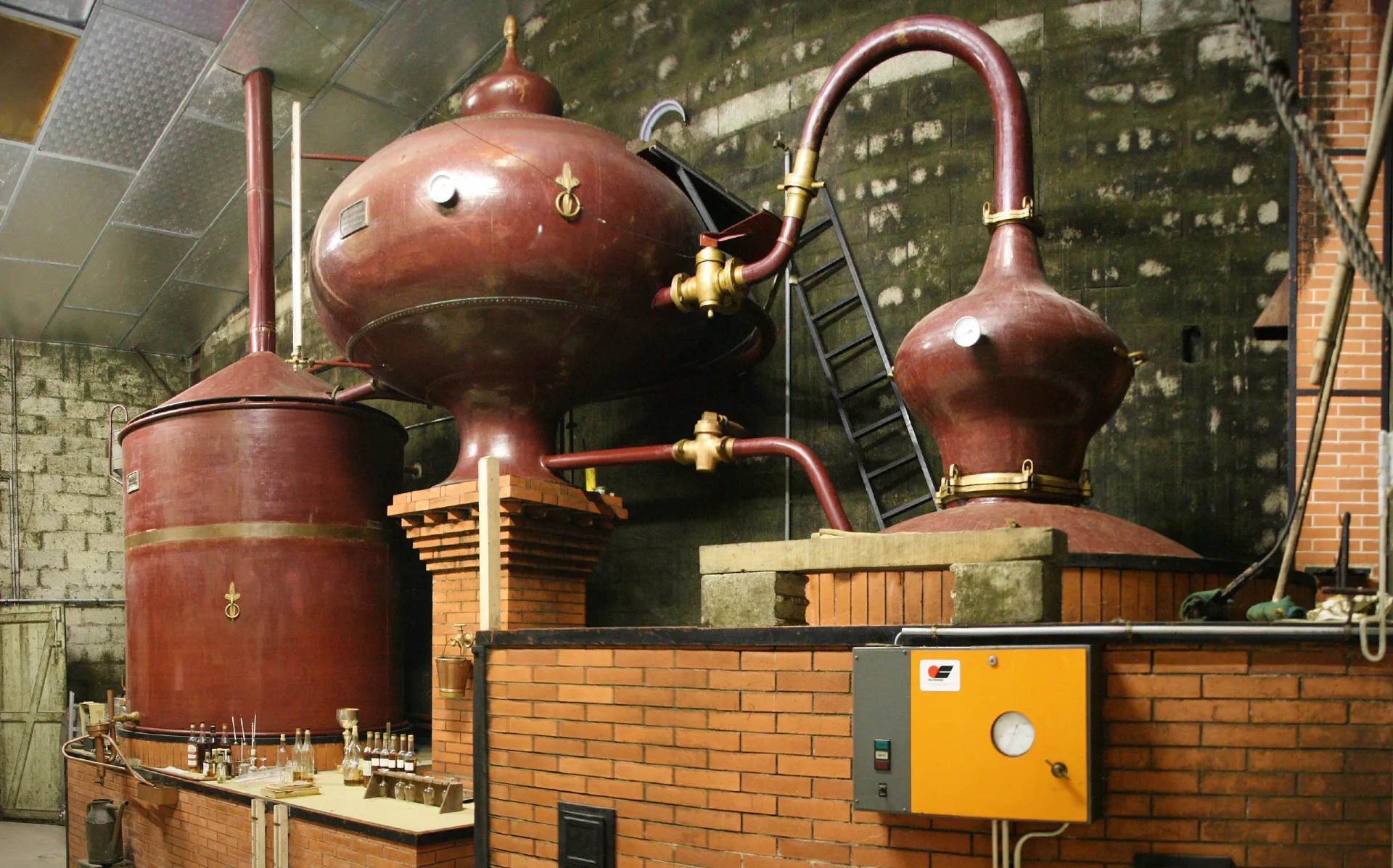
The art of aging cognac
Predicting Cognac’s Future
Before being bottled and brought to you, cognac requires time to develop and reach its fullness. It is a clever blend of the know-how of the cellar master, the oak barrel, and time.
After the distillation is finished, the cellar master receives the young “eaux-de-vie” from the different vintages. He will have to monitor and control these spirits and guess how they will evolve and what blends to use to obtain the best result after aging in oak barrels.
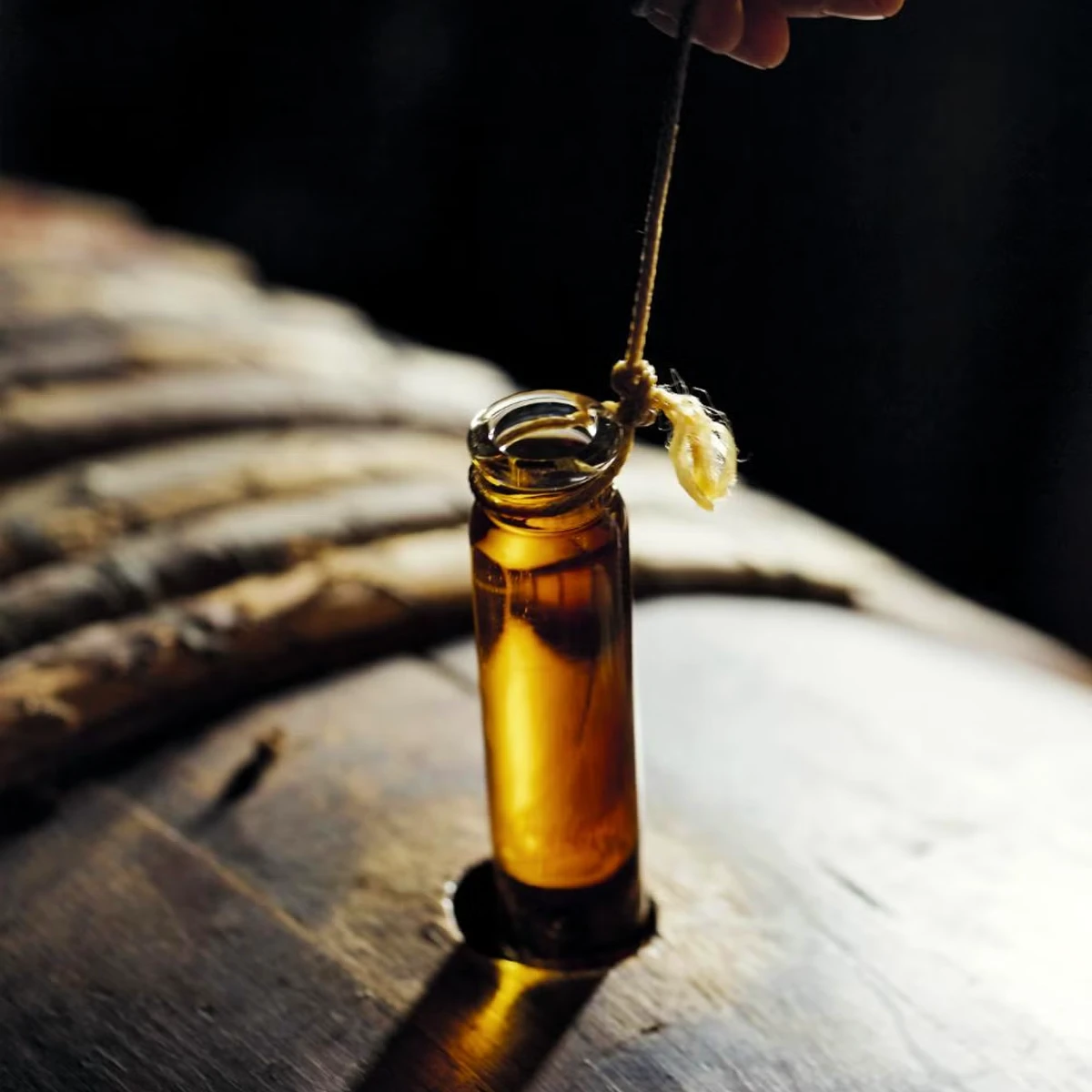
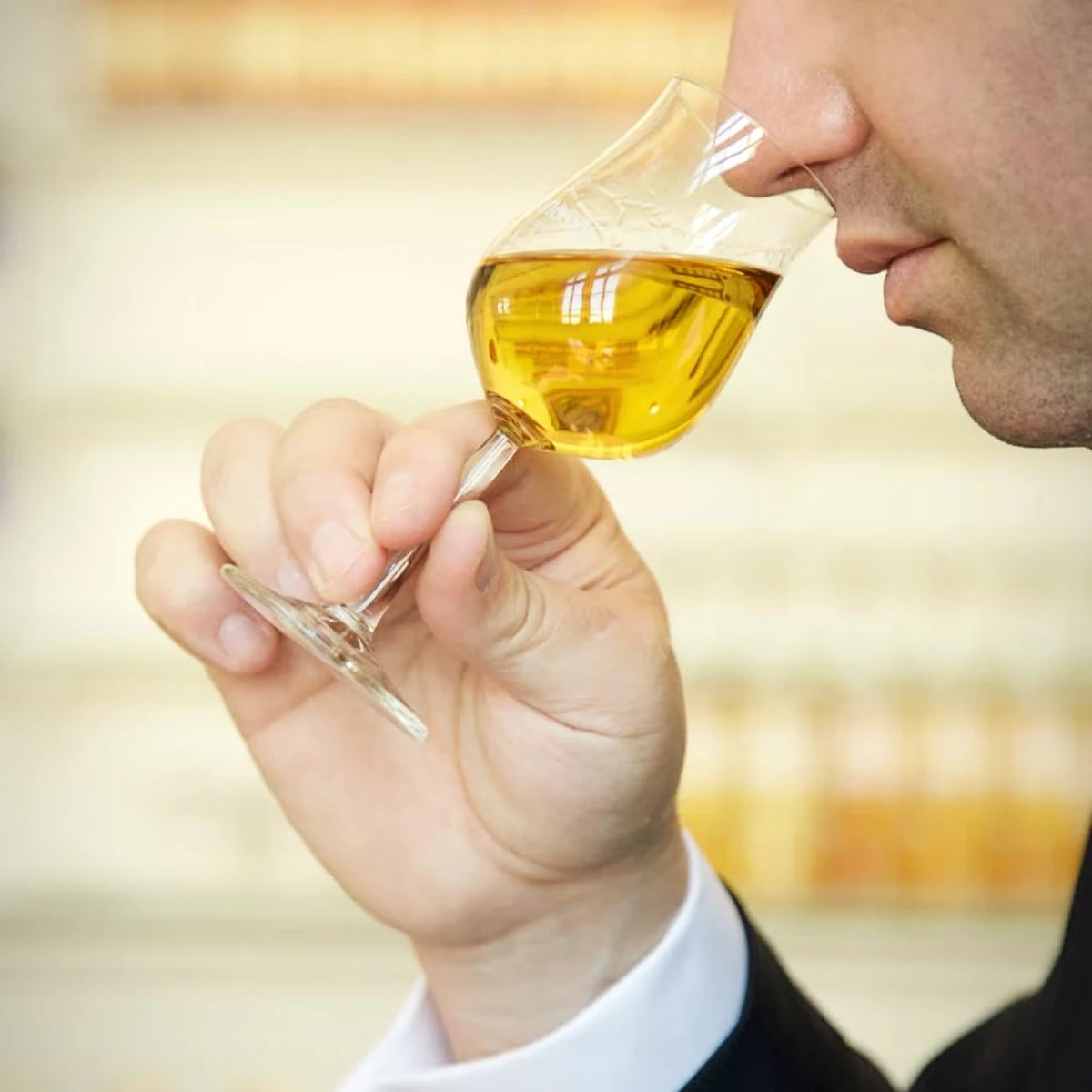
The aging of cognac requires a significant investment in cellars and barrels: the aging stock represents an average of 6 to 8 years of production.
The oak barrels and cellars essential to cognac
The barrels are made from staves, strips of split oak intended for cooperage. The oak barrel capacity is 350 to 500 liters.
In the fibers of this noble oak wood (Limousin and Tronçais forest), the spirit will become cognac, following its terroir and time to offer us its flavors and perfumes. The barrels provide their tannin, and oxygenation occurs through the oak’s pores, just like breathing, thus decreasing in alcoholic strength and volume.
This evaporation, called “The Angel’s Share“, represents 2 to 3% of the stock.
The degree of humidity in the cellar also plays an essential role in aging. The slow oxydation gives the cognac its amber hue and its aromas.

Cognac is a matter of time.
Only time allows cognac to reach its full potential. It’s a question of attention, control, and dosage. Young barrels provide a lot of tannins; old ones have less. This is why cognac goes through several barrels to find its balance. After 2 or 3 years, the cognac can be delivered for consumption.
Here’s a short reminder of the cognac aging denomination:
- VS (Very Special) is a minimum 2-year-old cognac. (usually 30 months)
- VSOP (Very Special) is a minimum 4-year-old cognac.
- XO (E(x)tra old) is a minimum 10 years old cognac.
- XXO (E(x)tra E(x)tra old) is a minimum 14 years old cognac.
- “Hors d’age” or “beyond age” is used for Cognacs with an average age of 30 years and above.
The art of blending cognac
Once aged and fully developed, cognac requires blending. It is up to the cellar master to transform the raw material into a finished product: he will assemble cognacs of different origins and ages to recreate, despite annual fluctuations in production, the constant characteristics of taste and quality specific to marketed cognac.
Sometimes mixing is unnecessary regarding great years, old eaux-de-vie, or specific terroirs.
But for cognacs not possessing these qualities, the marriage allows for a more attractive bouquet. The key is to find the combination for a harmonious whole where the natural cognac flavors are highlighted.
The precious and final mixture is then returned to oak barrels to age for many months.
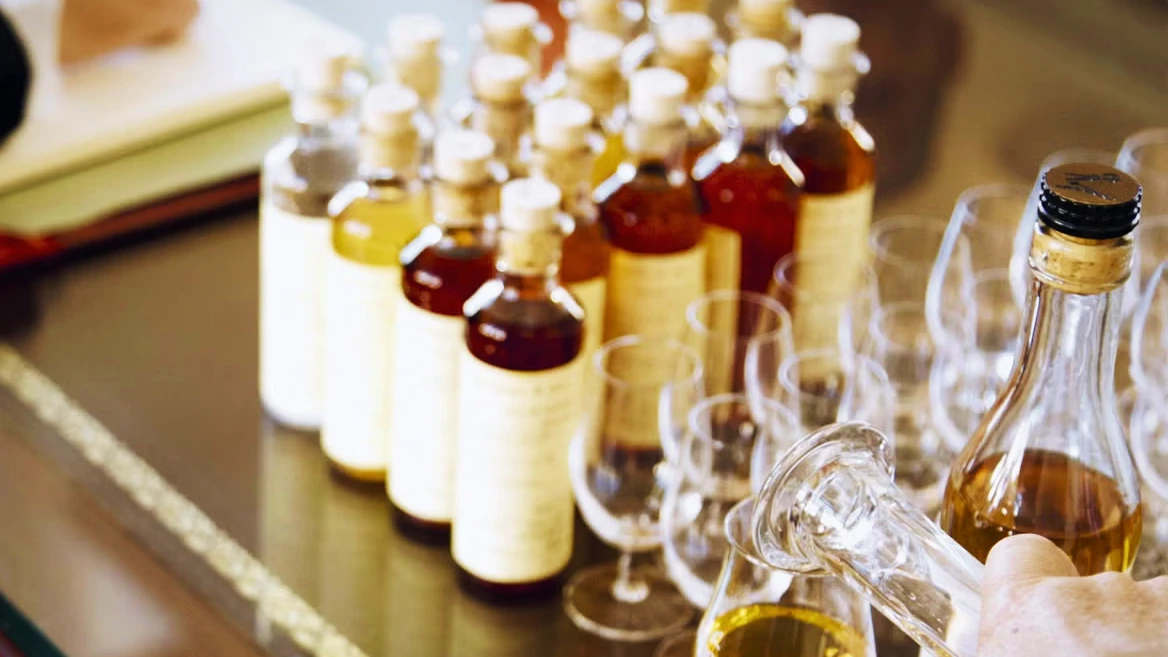
When the cognac has reached its full maturity, it runs to the bottling lines: filling, capping, labeling, quality control…
Some houses can process up to 200,000 bottles per day!
The cognac no longer ages in the bottle. Its growth stops.
It’s time to taste cognac. Cheers!
